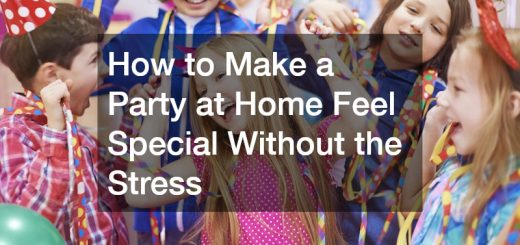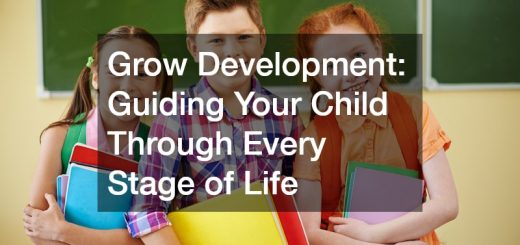Adoption Provides Loving Homes for Children


Deciding to adopt a child, or to give up a child for adoption, is one of the biggest decisions that anyone will make in their lives. It is both an emotional and a rational choice, made up of a mixture of reasons that has one ultimate goal, which is the welfare of the child being adopted. While individuals and families have varying and complex reasons for their choices, adoption programs try and match children needing homes with people who are ready and willing to provide them with loving homes and a lifetime of commitment. The good news is that in the vast majority of cases, adoptions are a success and both parents and children say that they would choose the same again.
Children needing homes
The U.S. State a Department reports that there were 7,000 adoptions across the country in 2012. Most adoptions, or around 38%, are domestic adoptions, while foreign adoptions account for 25% of the total. A substantial number, 37% of all adoptions, are of children living in foster care.
Around the world, there are thousands of children needing homes. In the U.S. alone, there are 397,122 children living in foster care, who don’t have permanent families. About one fourth or 101,666 are ready to be adopted, but almost 32% will have to wait for more than three years before being adopted.
Worldwide, orphanages are full of children who have lost one or both parents. Even worse, many are on the streets, forced to fend for themselves. They face real dangers like disease, malnutrition, and death.
Why do people choose to adopt?
Adoption agencies try and match children needing homes with people who want to adopt children. There are many reasons why people choose to adopt a child. The majority or 61% do so because they want a larger family; another common reason for choosing adoption is infertility, in 39% of all cases. About one fourth or 24% of families adopt to provide a sibling for a child.
People who choose to adopt are well prepared for parenting and are ready to provide a loving home and a life filled with love and opportunity for the adopted child. Fully 86% of foster family placements result in the adoption of the fostered child.
Adoption programs do the groundwork to determine that the adopted child will have a stable home and family. Among the families that adopt, 70.2% are married couples and 22.7% are single women. Unmarried couples account for only1.6% of all adoptions and single males for 5.5%. In 41% of all cases, the children are adopted by relatives.
Parents and children would choose adoption again
The vast majority of adoptions are highly successful and 87% of adopting parents say they would “definitely” make the same choice, if they had known what they now know about their adopted children, at the outset. Fully 81% of parent-child relationships in adopted families are described as being “very warm and close”.
Both experience and statistics bear out the fact that family life for adopted children is rich and loving. For example, three out of four adopted children in the 0-5 age group have books read to them or songs sung for them every day. For children living with their biological parents, only half receive such attention.
Overall, the adoption experience shows that when parents are well prepared for a child, and choose to adopt, the outcomes are highly successful. More than 90% percent of adopted children over the age of 5 have positive feelings about being adopted.




